Table of Contents
Top 10 German Foods
Germany is known for its beer. Each year, thousands of tourists flock to Oktoberfest in Munich, just to savor the taste of a true German brew. From Weissbier to Pils, to Starkbier to Helles and Dunkles, Germany certainly offers a rich variety to choose from. And while some may consider a beer filling in itself, the country does offer some very delicious foods, too. Here come the top ten:
Brez’n

The perfect accompaniment to a Mass, meaning 1 Liter, beer. In English, people know the Brez’n as a pretzel, but in no way does the genuine German version compare to the ones they sell on the streets in New York, for example. The real German deal, which originates from the south in Bavaria, is fresh and soft. It is also often sold with butter, which would make it a Butterbrez’n. If you can’t get hold of either, – which is highly unlikely, – Germany boasts the world’s widest range of breads. Whether you like your dough with raisins, walnuts, sunflower seeds, carrot strips or made out of whole wheat, you can find it in Germany.
Wurst
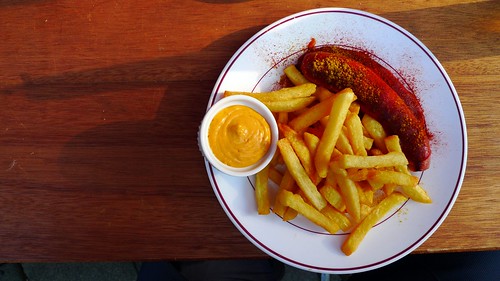
As with bread, there are Würste, meaning sausages, of all sorts. While Berlin is notorious for its Currywurst, Bavarians eat Weisswurst mit Süßem Senf. The former is pretty self-explanatory; it is a sausage with curry on top. The latter, however, requires a bit more getting used to; Weisswurst is a white sausage that you have to peel, and to enhance its taste, people enjoy it with Süßem Senf, meaning sweet mustard. Another Bavarian treat is the Wollwurst, which combines calf and pork. In Thüringen or Nürnberg, in turn, try the Rostbratwurst mit Sauerkraut, a grilled sausage accompanied by sauerkraut.
Schweinebraten

Carnivores will certainly get their share of delights in Germany. While sausages are great to consume at the markets, if you are actually going to sit down at a restaurant, have a go at a Schweinebraten. Schwein means pig, and so a Schweinebraten is a pork roast. It’s best if you get a nice, large boneless pork shoulder. Usually, it is served with some kind of accompanying sauce and Knödel, meaning dumplings.
Brathend’l

Moving on to chicken now. A Brathend’l is a roasted chicken. Some see it as a unique treat to be consumed on Sundays and festivities, but over time, it has become a standard that is sold at many of the outdoor beer gardens and markets. At Oktoberfest, you can get coupons for a Halbes Hend’l, meaning half a roasted chicken. It might appear to be a lot at first, but with a Mass Bier and some Brez’n, you’ll have it down in no time.
Steckerlfisch

Enough said about meat. With its many lakes and rivers, Germany also has fish options to choose from. Steckerlfisch could technically be considered a type of fast food as they are often grilled outside, at a beer garden or otherwise. But they taste a lot better than your average fish ‘n chips. Up north, in turn, you can try the Nordsee Krabben, literally meaning North Sea crabs. Hering (herring) and Rollmops (pickled herring) are also popular.
Eintopf, also known as “Pichelsteiner”
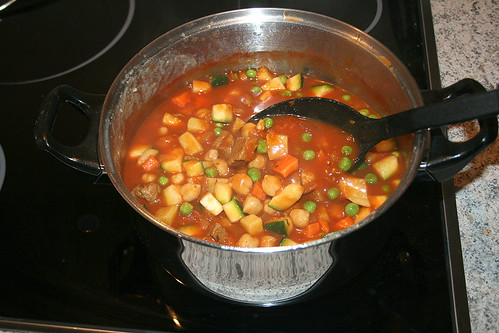
Germany can get quite cold in the winter, and soups are popular. The Eintopf, however, is more than a soup. Topf literally means “pot,” and this dish involves cooking a mix of meat and vegetables in it. In the olden days, it emerged as a way to combine leftovers and thus there was no one specific recipe; one day, it might carry carrots, another only potatoes. This tradition remains to this day, and because of the easy preparation, the stew is served in homes and restaurants alike.
Käsespätzle
Up until this point, vegetarians have probably been despairing. With Käsespätzle, however, there is no need to do so. Spätzle are a type of egg noodle, which are frequently topped with Käse, meaning cheese. The latter is usually mild, and more often than not, cooks opt to add roasted onions for a little more flavor. In some places, the Käsespätzle are served directly with the pan – be careful, it’s hot!
Lebkuchen
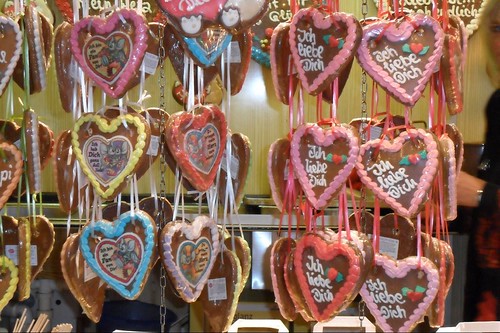
Though they are sold year-round, Lebkuchen are most popular at Christmas time. Originally from Nürnberg, Lebkuchen are made of gingerbread dough, and can come coated with chocolate, walnuts, dried fruits, and other treats. The standard are round, but tradition has it that people make entire Lebkuchen houses, too. These are then called Hexenhäus’l, meaning witch house.
Rote Grütze

Rote Grütze takes advantage of the countless forests of Germany. Specifically, in that it uses the berries that grow in them. The dessert combines anything remotely red (hence the name “rot”); that is, strawberries, blueberries, raspberries, cherries etc. Usually, it is served with Sahne, meaning cream, or Vanilleeis, meaning vanilla ice cream.
Schwarzwälder Kirschtorte
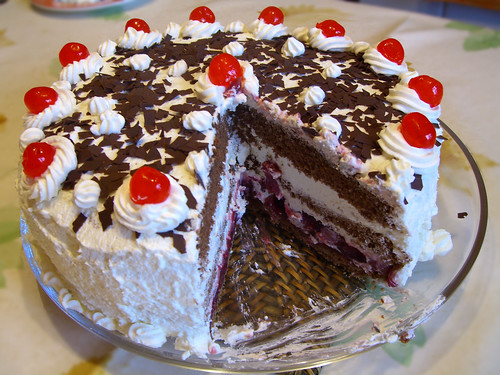
Another treat thanks to the forest. Schwarzwald refers to the Black Forest, and Kirsch means cherry. This calorie bomb combines the antioxidants of cherries with the sweetness of chocolate, all into a multi-layered cake. The image says it all – you won’t leave Germany hungry.
If you enjoyed this post, then make sure you subscribe to our monthly newsletter. Enjoy!

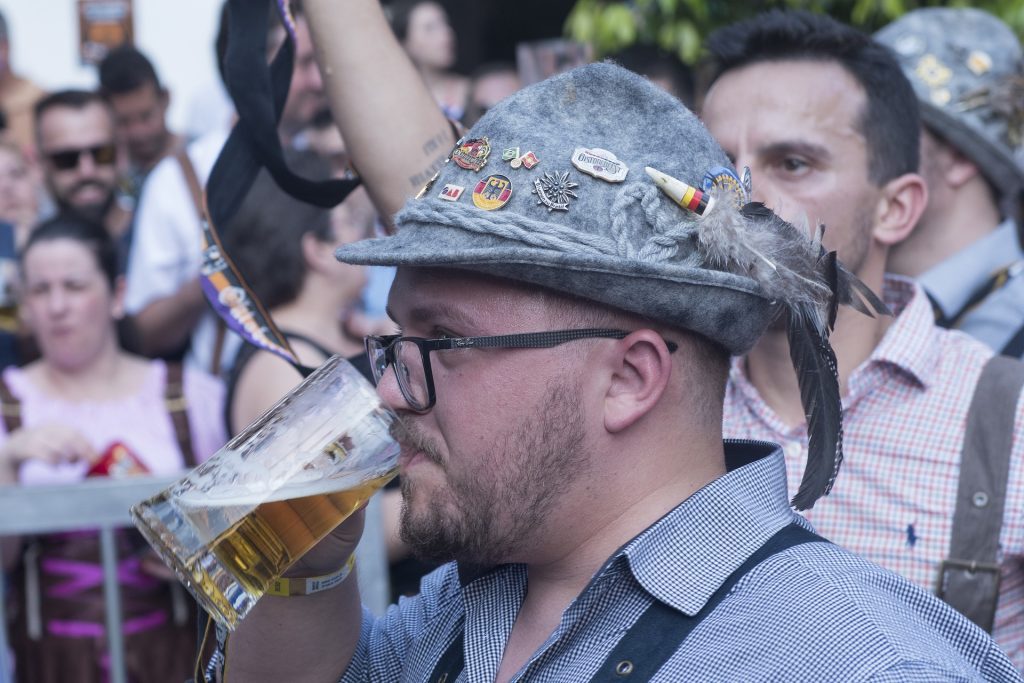



Pingback: 10 German Words and Phrases You Should Learn Before Going to Oktoberfest | GoMad Nomad Travel Mag
Pingback: When in Germany | Mad-about-Travel
Don’t forget Spaghetti Ice Cream. It’s the best!
I liked Lebkuchen dish very much,I like to this for my husband on our anniversary,Thanks for such a nice dish.
I have German heritage in both of my family lines
the dishes were great
When we were in Heidelberg recently I saw a lot of the Lebkuchen hearts, although I think they are more decorative than anything, at least too pretty to eat. I wrote about some of our favourite German foods here http://www.heatheronhertravels.com/german-food-in-heidelberg/
1
1
4